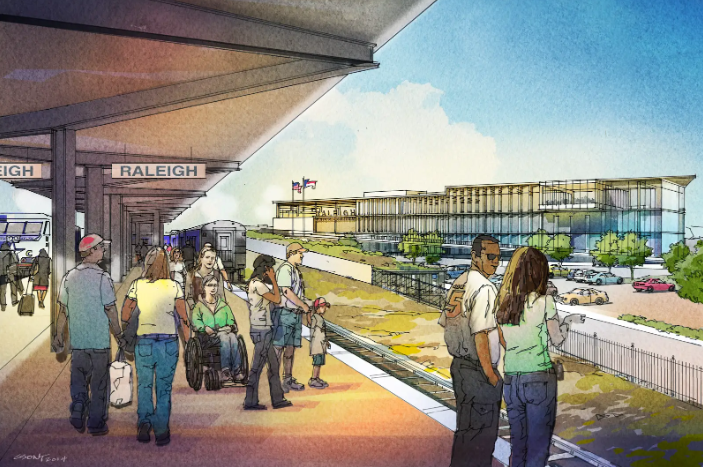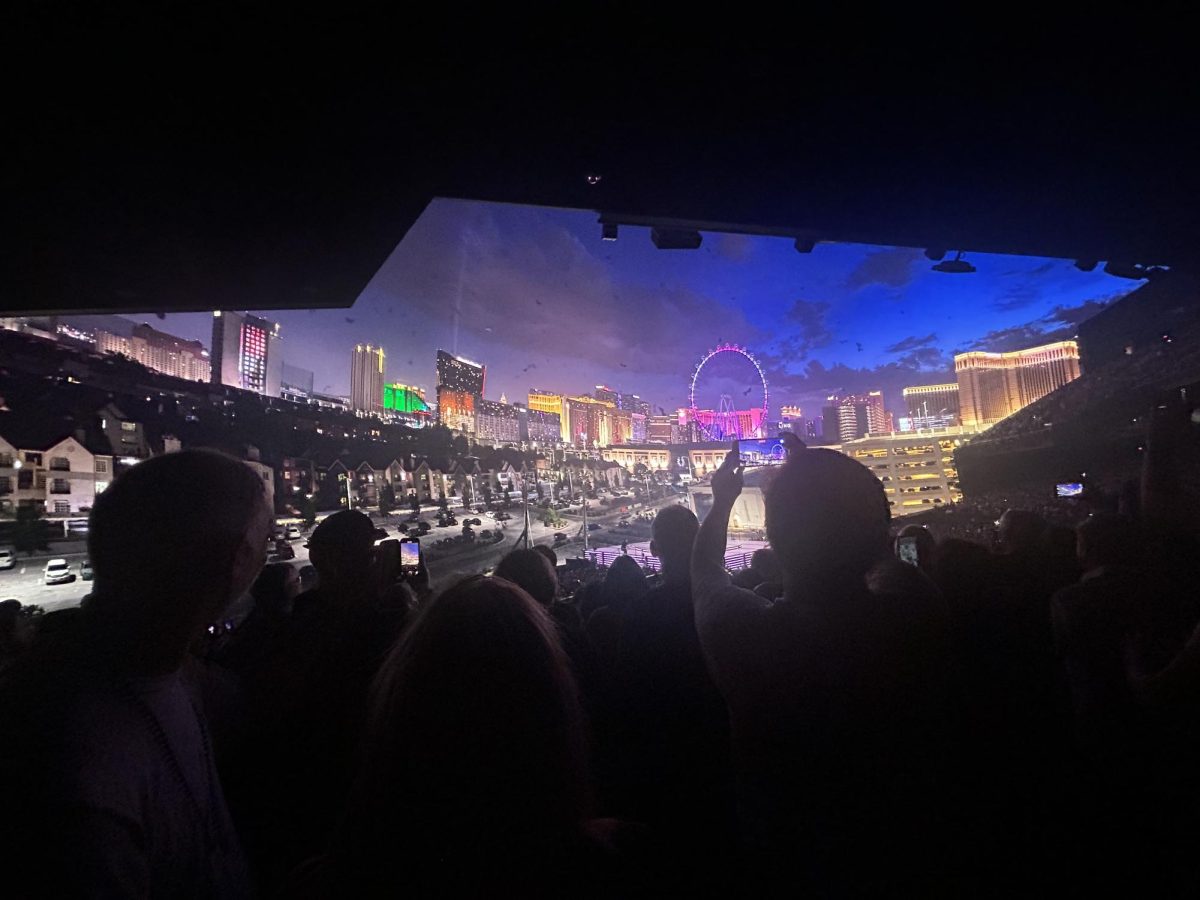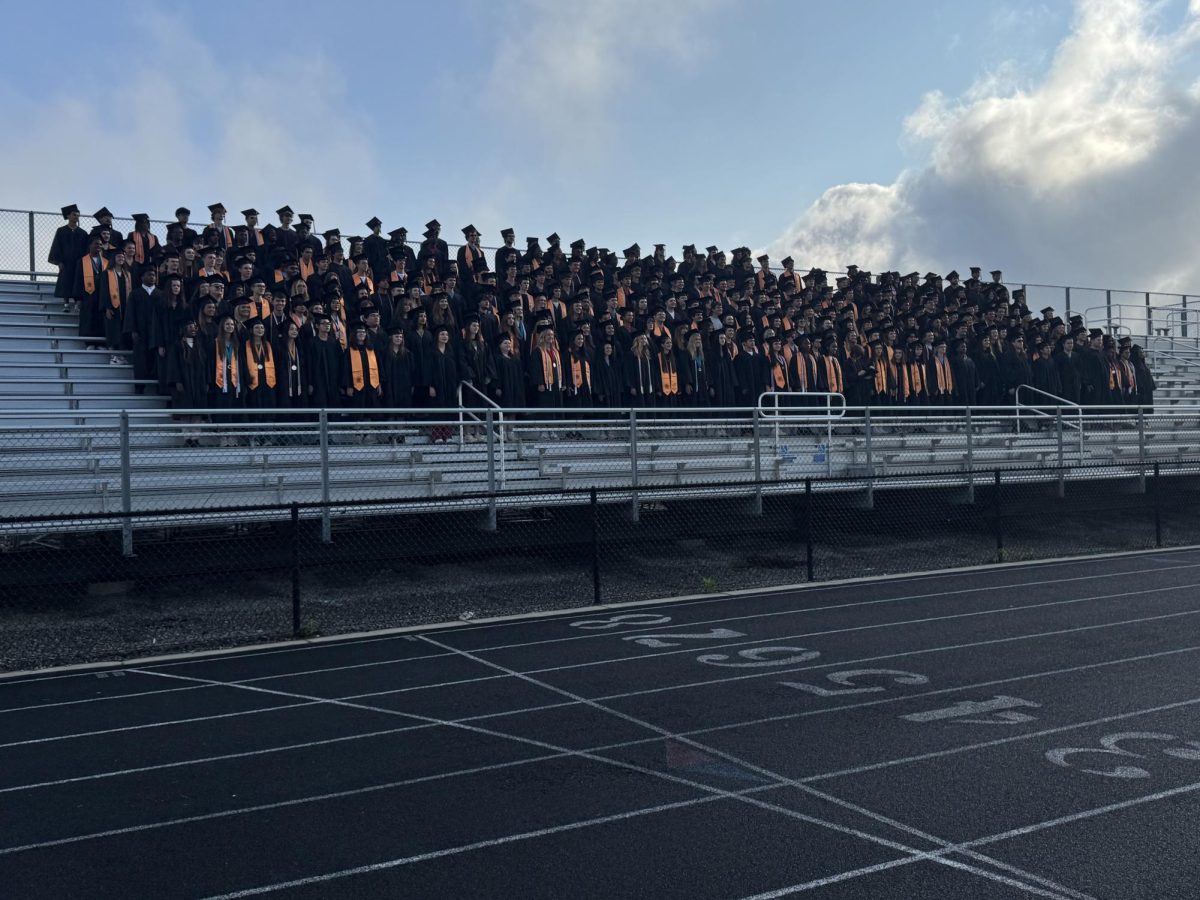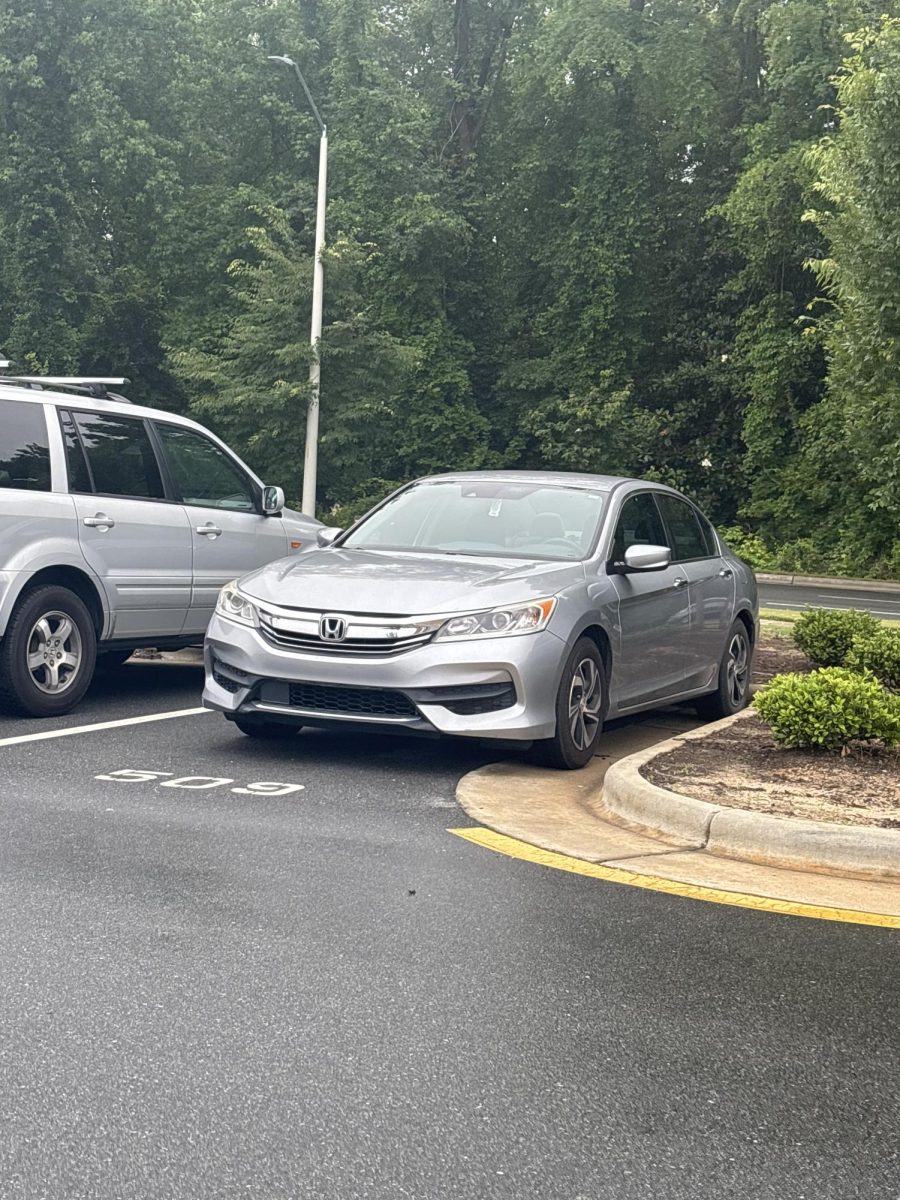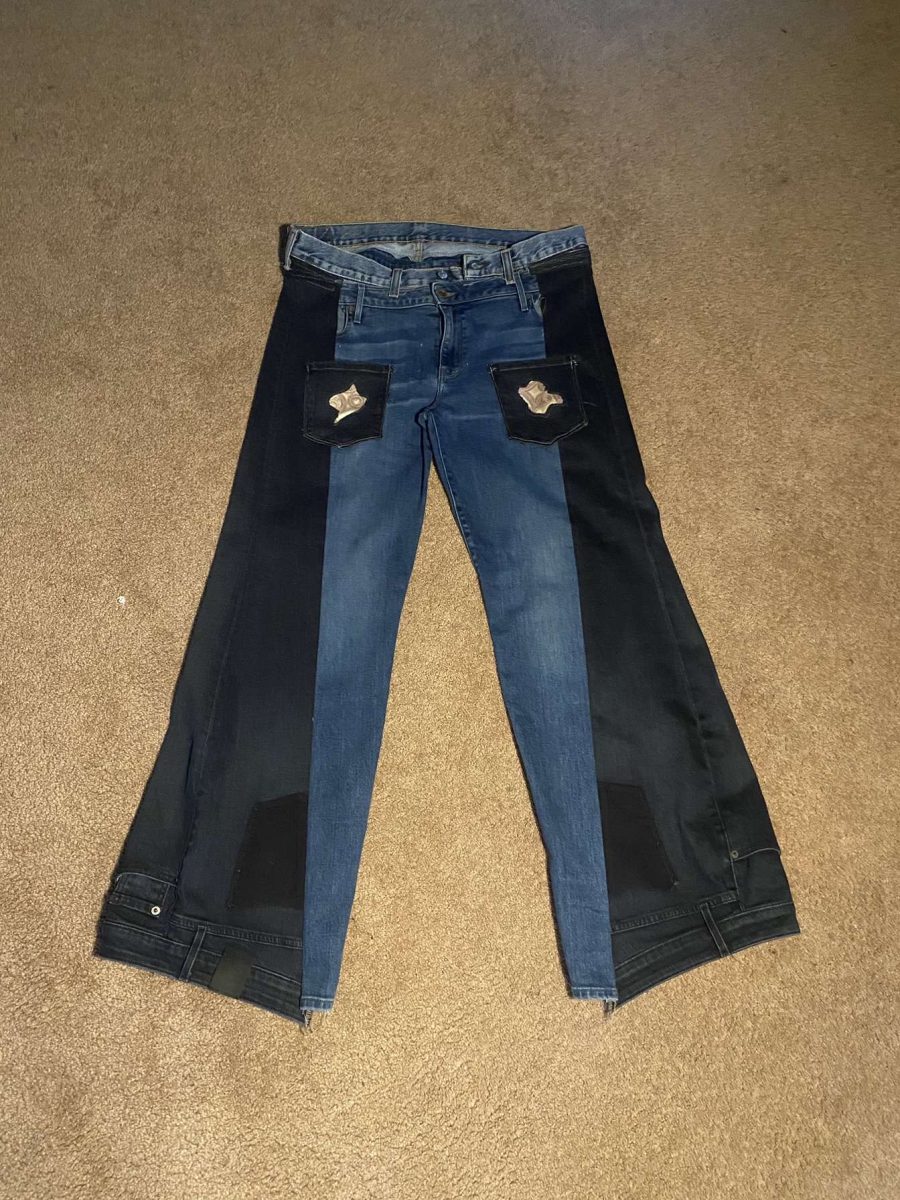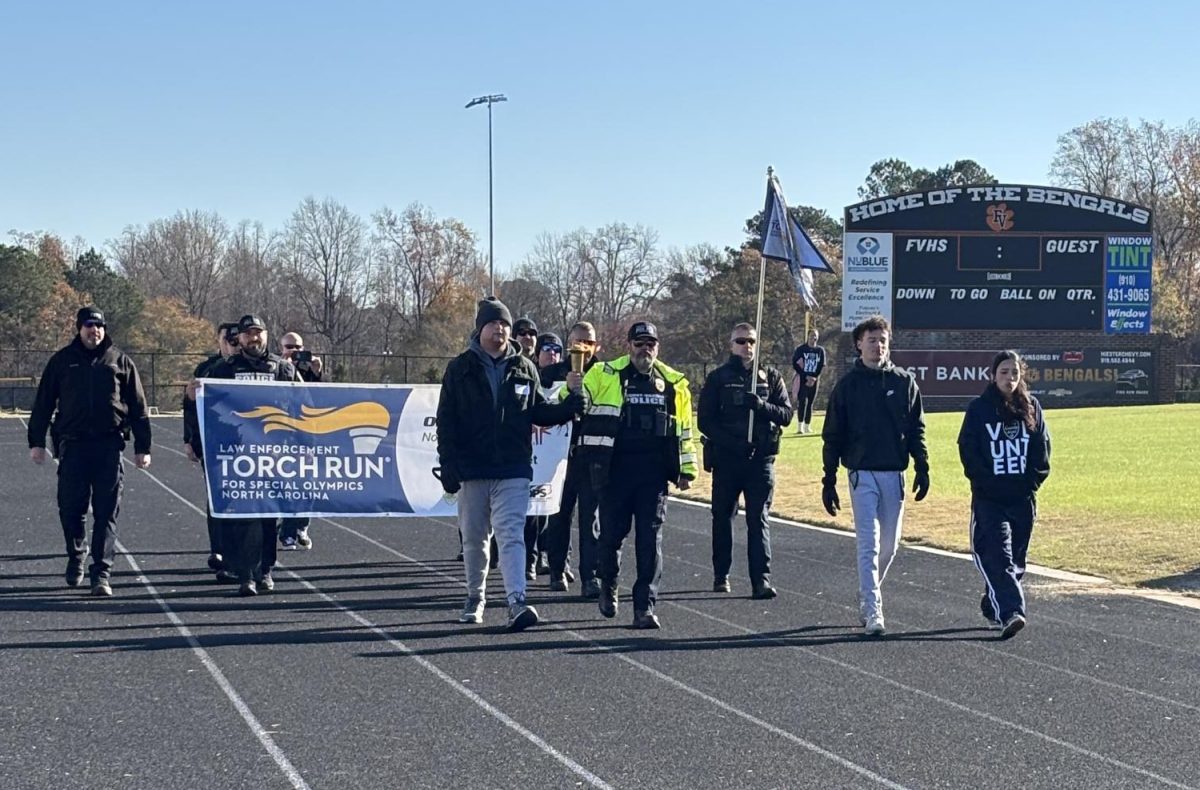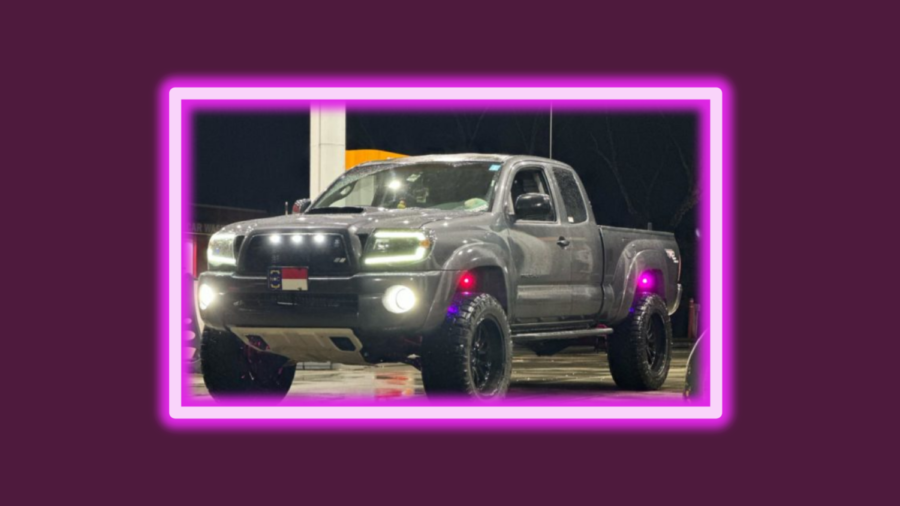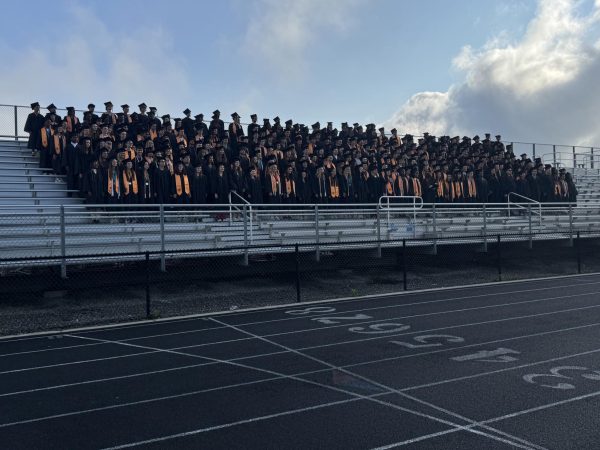Modern pickup trucks too big
So many times we drive around here and see a big truck, sometimes with a Carolina squat, rolling coal when the red light turns green. It’s just part of driving here. But these trucks are far bigger than their counterparts from previous decades.
It’s not just perception. A stock F-150 from 1990 is nearly a foot shorter and more narrow than one from 2022. This applies to all vehicle classes, but it’s most pronounced with pickups.
For reference, pull up an image of an American tank from the Second World War. Odds are, some variation of an M4 Sherman tank pulls up. They are massive steel beasts and their height without the turret is the same as a modern full-size pickup off the assembly line.
Part of the issue is the desire on the part of truck manufacturers to put larger and more powerful engines in their vehicles. The same two F-150s have an extreme increase in horsepower. The newer pickup has nearly three times the horsepower.
Newer, stronger engines require more space under the hood, which in turn requires the whole vehicle to be larger. But that isn’t the whole story.
I was on a construction site over the summer and I talked to my coworkers while we took a break leaned up against the van full of our tools and supplies about wanting an older Ford Ranger or Toyota Tacoma. I expressed my desire for one of the truly compact pickups, the kind that is nearly as small as modern sedans.
“You don’t want one of those. They can’t haul for nothing,” my coworker told me. He went on to talk about how I’d want a larger, more manly truck that can do more.
Therein lies the second issue, the modern culture around pickups. Truck-loving people have fallen in love with giant metal beasts of burden that can do any job out there without breaking a sweat.
According to Chevyland.com, the modern Chevrolet Silverado is listed to tow nearly five tons. That’s as much as an African elephant, which is the largest land animal on Earth. That is undoubtedly impressive, but is it really necessary for most people who purchase these vehicles?
Most people are driving to and from work, carrying tools and equipment, towing boats, or maybe moving all of their belongings between houses. Of these, boats are the most cumbersome. When it comes to boats, an older, smaller truck can absolutely tow even the largest of commonly owned boats.
Clearly, the smaller vehicles can do what most people need, outside of specific applications, but why does it matter? With the immense size and weight of these trucks comes decreased visibility to pedestrians, particularly children, and increased distance needed to brake.
This trend is not exclusive to pickup truck manufacturers, but pickups and their derivative models are the most egregious examples of this trend. When it comes to inclement weather, these deficiencies in safety can show themselves to be deadly.
This death toll can be reduced by decreasing the size of these massive vehicles, even to the size of early 2000s models. Doing this increases the visibility of drivers to hazards on the road and allows quicker braking.
This makes our roads safer while not restricting the ability of people to own and drive pickup trucks. Because at the end of the day, these are fun vehicles to drive and they serve an important role for those whose job requires them.
Reducing the size of the stock vehicles can make our roads not only safer but preserve the place on our roads and culture for the humble pickup truck.
Your donation will support the student journalists of Fuquay-Varina High School. Your contribution will allow us to purchase equipment and cover our annual website hosting costs.



